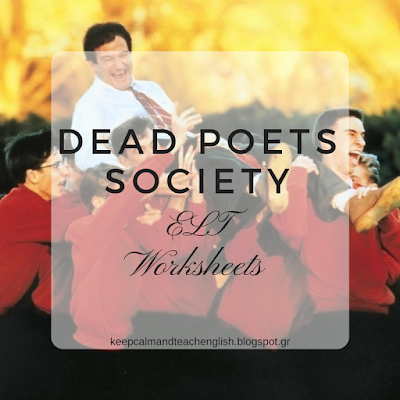The Critical Thinking Community defines critical thinking as the "intellectually disciplined process of actively and skillfully conceptualizing, applying, analyzing, synthesizing, and/or evaluating information gathered from, or generated by, observation, experience, reflection, reasoning, or communication, as a guide to belief and action." A critical thinker (among other things), raises vital questions and problems, formulating them clearly and precisely in order to reach conclusions and solutions. The Critical Thinking Skills Cheatsheet helps you formulate a range of questions to help your students build critical thinking skills. The cheatsheet includes categories for Who, What, Where, When, Why, and How. Each section has eight questions that begin with their corresponding word. The questions are meant to be versatile and broad, and applicable to a range of topics. You can download and print your own pdf infographic from the Global Digital Citiz...



























